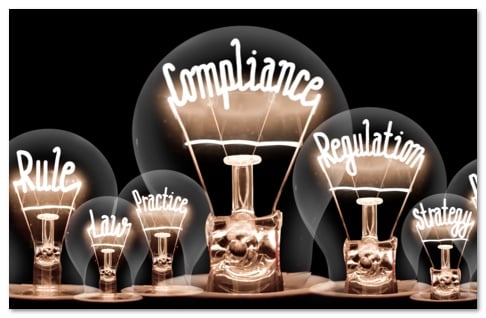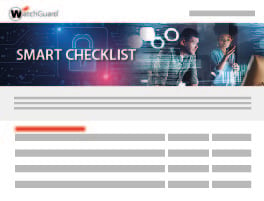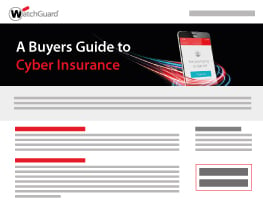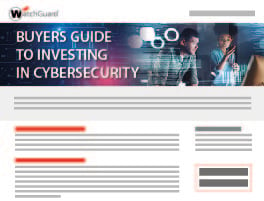Outsourced Security: Lower Total Cost of Ownership
Choosing to outsource security means extending your IT capabilities with the support of a managed service provider (MSP). Many CIOs, CISOs, and IT leaders see this security model as a cost-effective way to enable a comprehensive cybersecurity program for their businesses, without increasing total cost of ownership (TCO).
Why Choose Outsourced Security
According to the 2019 Deloitte Survey, 99% of organizations outsource some portion of cybersecurity operations. Vulnerability management and security training are among the top outsourced categories.

The Road to Advanced Cybersecurity

Agility and Automation
MSPs rely on agile processes that provide optimal incident response protocols and risk management policies to customers across industries. This model provides organizations with access to security innovation without impacting a company’s total cost of ownership.

Compliance Support
Data security practices are a requirement for all industries regardless of business size. Managed service providers can be a strong ally to implement security processes that align with compliance and regulatory standards.

Access to Modern IT Technologies
MSPs will set up your IT ecosystem with optimized protection solutions that eliminate common challenges like disconnected tools and manual or outdated risk management processes.

Unified Security Approach
Centralizing security management provides more precise reporting and visibility. It prevents exploitation of vulnerable systems, phishing, ransomware, intrusions, and advanced malware across users, environments, and devices.
55%
of organizations lack in-house expertise to implement Cloud governance.
55% of IT leaders say that lack of in-house expertise is a top challenge when implementing Cloud governance in their organization (security, cost, compliance).
99%
of organizations outsourced some portion of cybersecurity operations.
Security operations, vulnerability management, and awareness and training are among the top outsourced categories.
67%
of IT leaders prioritize cybersecurity as an IT spending category.
Workflow automation (46%, down from 48%) was the second most common priority, followed by Cloud infrastructure (45%, unchanged from Q3).
65%
of organizations report a shortage of cybersecurity staff.
A lack of skilled/experienced cybersecurity personnel is the top job concern among respondents (36%).




